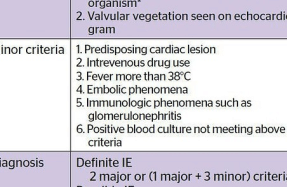PELD (Percutaneous Endoscopic Lumbar Discectomy): Prospective Study of 230 Cases, Indications, Patient Satisfaction and Recovery

Dr Faizal M Ikbal MS1*, Dr Hassan Muhammad MS1, PhD, Dr Kadavil R Shaji MD2
1 Department of Orthopaedics, Aster MIMS Hospital, Kottakkal Malappuram District, Kerala, India.
2 Department of Neurosurgery, Aster MIMS Hospital, Kottakkal Malappuram District, Kerala, India.
*corresponding author
Key words
Low backache, keyhole-surgery, daycare-surgery, Discectomy, Endoscopic Indication, Inter-laminar, Transforaminal.
Conflicts of interest
No conflicts of interest have been declared.
ABSTRACT
Background
Low back pain is a major clinical problem that results in an important socioeconomic burden. The percutaneous endoscopic lumbar discectomy technique developed by Yeung, also known as PELD, is currently the flagship of minimally invasive transforaminal decompression. Kambin and Gellman first introduced PELD in 1983. PELD has been further developed with the Yeung endoscopic spine system and transforaminal endoscopic spine system.
Statement of Problem
Patient apprehension towards open surgery and risk of complications with anaesthesia in patients with multiple comorbidities have led us to conduct a review on how the endoscopic technique differs from conventional open lumbar discectomy in terms of patient satisfaction.
Objective
PELD surgery- short term results and follow-up of 230 patients, reporting patient satisfaction, in terms of duration of surgery and early recovery.
Methods
A prospective study was performed on all 230 patients who had undergone PELD between September 2018 and July 2019 at Aster Mims Kottakkal. This included patients who presented with intervertebral disc prolapse, both central and paracentral disc herniation, or radiculopathy. A narrative review was conducted to outline the basic principles, surgical techniques, and clinical outcomes of lumbar and cervical disc herniation.
Results
PELD allows intra-operative protection of the nerve roots, and communication with the patient under local anaesthesia. However, the learning curve for PELD is steeper than that of conventional microsurgery, and proper surgical indications and a good working channel position are important. PELD approaches should be tailored to remove disc fragments specific to
You’re reading a preview, subscribe to read more.
Start your free 30 days



